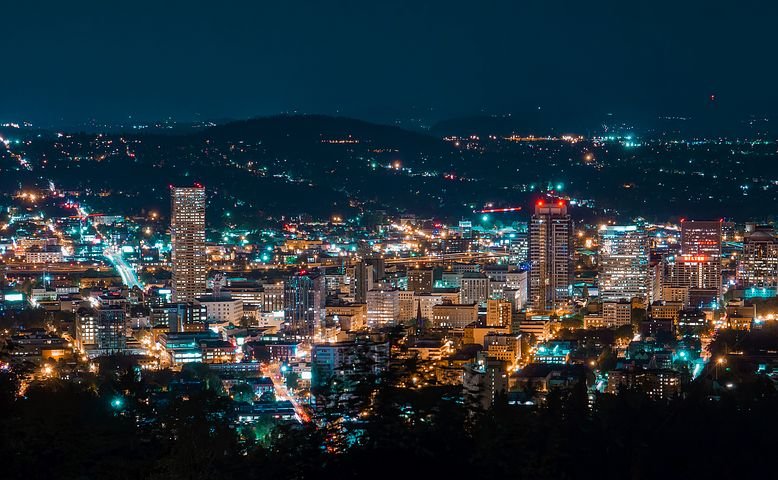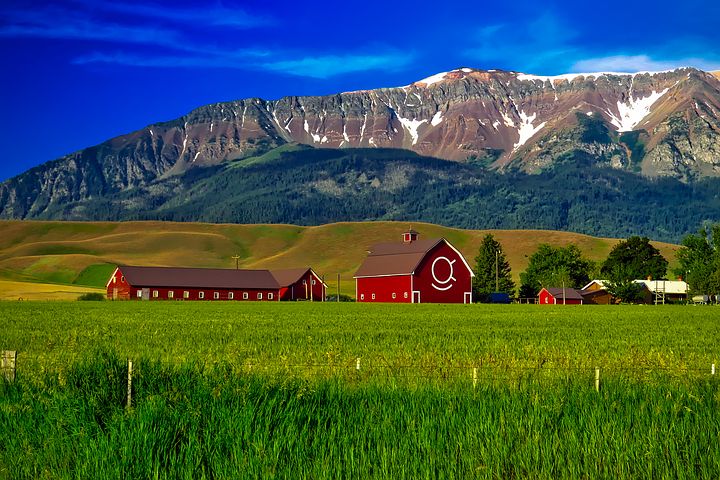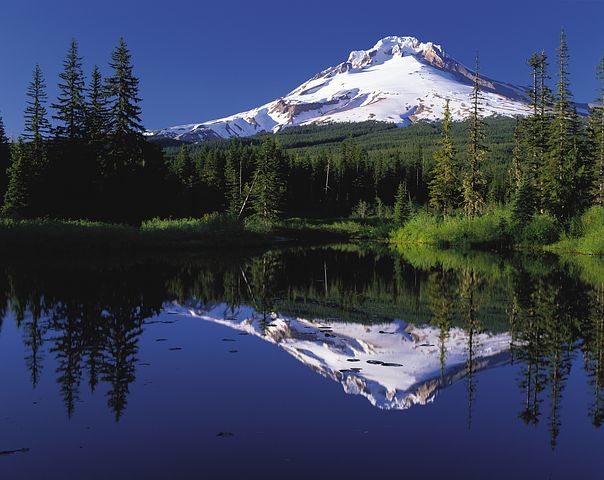Oregon
Oregon: The Pacific Northwest Gem
A gem in the crown of the Pacific Northwest, Oregon is a state that strikes the perfect balance between the modernity of the Western United States and the rustic charm of its indigenous history. This article will take you on a journey through Oregon’s rich tapestry of landscapes, cultures, and history, revealing why it stands out as an exceptional U.S. state.
The Geographic Diversity of Oregon
Situated in the Pacific Northwest region of the United States, the state boasts a geographical diversity that is both wide-ranging and breathtaking. The state is nestled within the Western United States, cradled by the Columbia River to its north, the Snake River to its east, and the 42° north parallel to its south, which it shares with California and Nevada. Its western boundary is the vast Pacific Ocean, presenting an impressive coastline that draws innumerable visitors each year.
From its high deserts and semi-arid shrublands to its dense evergreen forests and abundant bodies of water, Oregon is a state of varied landscapes. The state’s highest point is Mount Hood, a stratovolcano reaching a height of 11,249 feet. Crater Lake National Park, home to the deepest lake in the United States, is a must-visit for nature enthusiasts. The state also proudly hosts the world’s largest organism, a fungus named Armillaria ostoyae, beneath the Malheur National Forest.
A Brief Glimpse into Oregon’s History
Oregon’s history is a rich tapestry woven from thousands of years of indigenous settlement, European exploration, and American pioneering spirit. The earliest European traders, explorers, and settlers began exploring what is now Oregon’s Pacific coast in the early to mid-16th century. The Lewis and Clark Expedition traversed the territory in the early 1800s, and the first permanent European settlements were established by fur trappers and traders. On February 14, 1859, Oregon became the 33rd state of the U.S.
Today, Oregon is the ninth-largest and 27th most populous U.S. state. Its capital, Salem, is the second-most populous city, while Portland, with its impressive population, ranks 26th among U.S. cities. The Portland metropolitan area, which includes neighboring counties in Washington, is the 25th largest metro area in the nation.

Economy and Industry of Oregon
Oregon’s economy is fueled by various forms of agriculture, fishing, logging, and hydroelectric power. The state is the top lumber producer of the contiguous United States. Over time, technology has become a major economic force, beginning in the 1970s with the establishment of the Silicon Forest and the expansion of prominent brands like Tektronix and Intel. Sportswear company Nike, Inc., headquartered in Beaverton, Oregon, is the state’s largest public corporation.
Education and Institutions in Oregon
The state takes pride in its strong commitment to education, with a system that encompasses elementary, middle, and high schools, as well as colleges and universities. The state’s education system serves over half a million students across its public schools. Oregon also plays host to several private colleges, most of which are located in the city of Portland.

The Cultural Mosaic of Oregon
It is home to a diverse mix of cultures and communities. The state’s population is largely concentrated in the Willamette Valley and includes a wide array of ethnic and racial groups. According to the 2010 census, the largest ethnic groups in Oregon are non-Hispanic Whites and Hispanics or Latinos of any race.

The Legislative Landscape of Oregon
Oregon operates under a separation of powers similar to the federal government, with three distinct branches: the executive branch, led by the Governor; the legislative branch, comprised of the Oregon Legislative Assembly; and the judicial branch, led by the Chief Justice of the Oregon Supreme Court.
Natural Resources and Conservation in Oregon
Oregon is a nature lover’s paradise, with a wealth of natural resources and a strong commitment to conservation. From its lush forests and fertile farmlands to its mighty rivers and scenic coastlines, the state is a treasure trove of natural wealth. These natural resources not only contribute to Oregon’s economy but also play a significant role in the state’s efforts towards environmental sustainability.

Healthcare in Oregon
The state has a robust healthcare system, with numerous healthcare providers and facilities spread across the state. The state’s healthcare system is supported by a number of public and private funding sources, ensuring access to quality care for all Oregonians.
With its diverse landscapes, rich history, robust economy, and commitment to education and healthcare, Oregon is a state that truly stands out. Whether you’re drawn to its natural beauty, vibrant cultures, or dynamic industries, Oregon offers something for everyone. This unique blend of characteristics makes the state a captivating destination for both residents and visitors alike.
From the snow-capped peak of Mount Hood to the bustling cityscape of Portland, from the fertile fields of the Willamette Valley to the windswept beaches of the Pacific coast, Oregon is a state that invites exploration and promises discovery. So why wait? Come and experience the magic of this great place for yourself.
